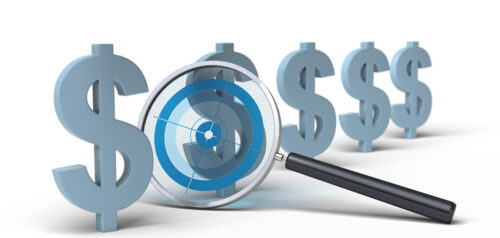DIFFERENCE BETWEEN COST, PRICE, VALUE, AND VALUATION IN MACHINERY ASSESSMENT
Difference between Cost, Price, Value, and Valuation in Machinery Assessment
When it comes to machinery assessment, understanding the distinctions between various terms is crucial. Four key terms often encountered in this field are cost, price, value, and valuation. While they might seem interchangeable at first glance, each term holds a distinct meaning that plays a vital role in determining the worth of machinery. Let’s delve into the differences between these terms to gain a clearer understanding.
Cost: The term “cost” refers to the amount of money invested in the production, acquisition, or maintenance of machinery. This encompasses direct expenses such as raw materials, labor, manufacturing, transportation, and overhead costs. In essence, the cost represents the sum of all expenditures required to bring a piece of machinery into existence or maintain its functionality. Cost is a crucial factor for businesses to consider when making decisions about production, pricing, and profitability.
Price: “Price” is the amount at which a machinery item is offered for sale or purchase in the market. It is influenced by various factors including supply and demand dynamics, market trends, competition, and perceived value. Price might differ from the cost, as it takes into account not only the manufacturing and operational expenses but also the market’s willingness to pay. Setting the right price is a delicate balance that impacts sales, revenue, and overall market positioning.
Value: The concept of “value” transcends mere monetary figures. It refers to the utility, benefit, or worth that a machinery item provides to its owner or user. Value can be subjective and varies from person to person, as it incorporates factors like functionality, quality, efficiency, and even emotional attachment. Understanding the value of machinery is essential for decision-making processes, as it helps businesses and individuals determine whether the machinery aligns with their needs and goals.
Valuation: “Valuation” involves assessing the financial value of machinery, often for purposes such as financial reporting, insurance coverage, taxation, or business transactions. Valuation considers both quantitative and qualitative aspects, including the cost, market price, and intrinsic value of the machinery. Various methods, such as cost-based, market-based, and income-based approaches, can be used to determine the machinery’s valuation. The goal is to arrive at an objective estimate that reflects the machinery’s worth in a specific context.
In conclusion, while the terms cost, price, value, and valuation might seem interchangeable, they carry distinct meanings in the realm of machinery assessment. Cost represents the expenses incurred in creating or maintaining machinery, price denotes the market-set amount for buying or selling, value encompasses the overall utility and worth, and valuation involves assessing the machinery’s financial value for various purposes. Having a clear grasp of these terms is essential for making informed decisions related to machinery, whether in terms of production, purchasing, pricing, or financial reporting.


